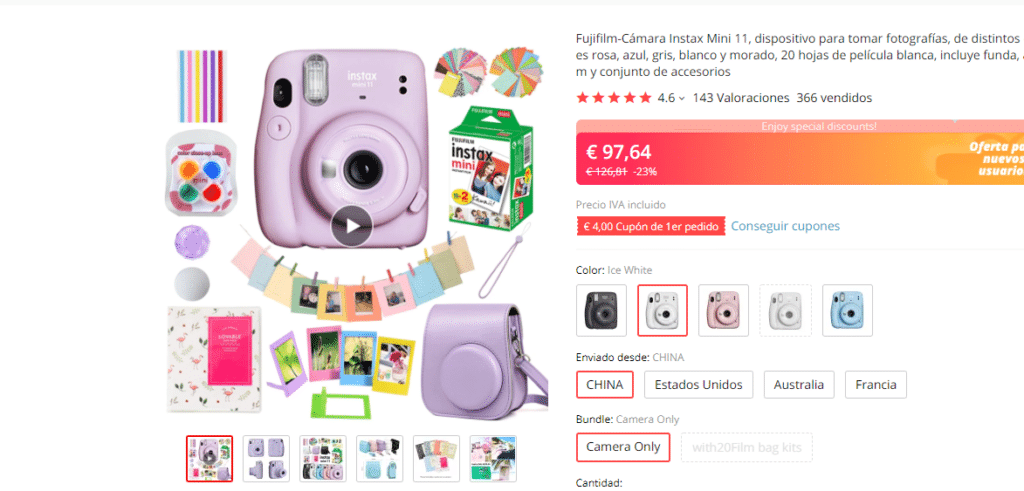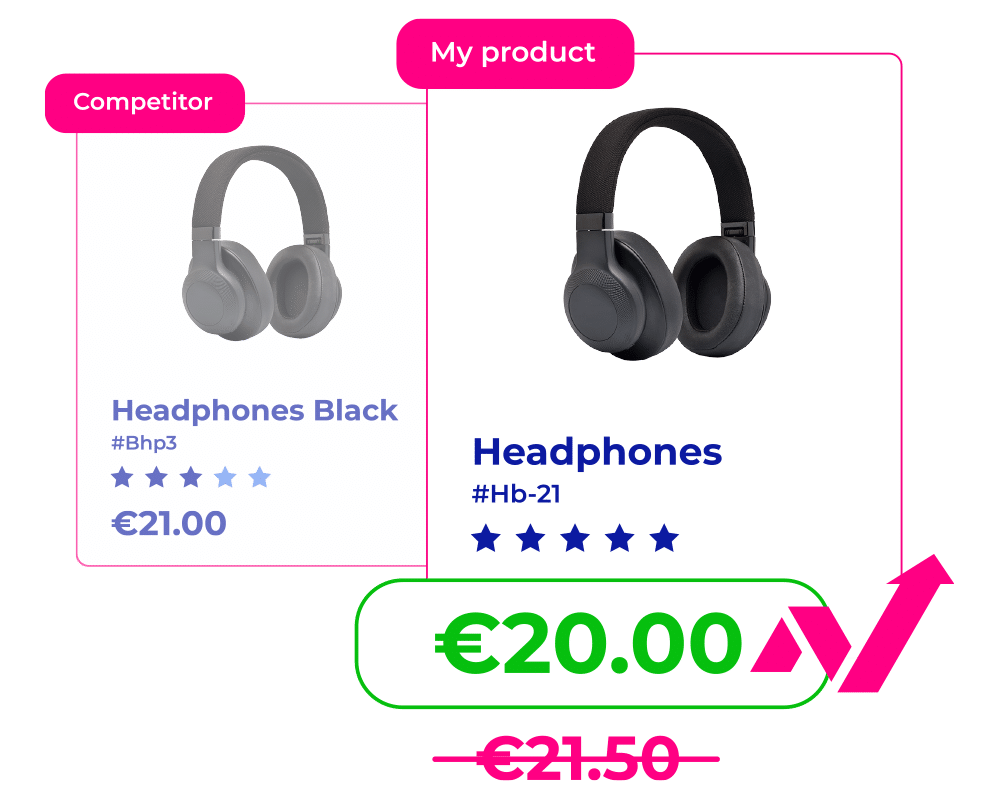
Bundle pricing is when multiple products are sold together and offered at a reduced price. The purpose of this pricing strategy is mainly to make the best of the customers’ purchase and combine products that would be more difficult to sell individually with the ones that have a high possibility of being sold. Usually the products bundled are accessories or products that fit together with the main product. Customers are thankful for these kinds of bundles, they don’t only get two products cheaper than buying them separately, but it saves them time looking for other potential products. Another advantage that we can find with bundle pricing is that customers may spend more than they initially would because they see the combination of products as a good deal.
This strategy is specially used by retailers but if you pay attention, it’s everywhere. Restaurants are a really good example. You can see how almost every restaurant will offer you separate plates, starters, main dishes and desserts. Furthemore, they will also offer you a menú, that can include a starter, main dish, dessert and even drinks. The menú is going to combine all this food for a reduced price. That means that it’s going to be cheaper than ordering them all separately, but also ensures the restaurant a minimum of the consumers’ spending.
Here we can see an example:

1. Pure bundling: in this case, the only option offered to the customer is the combination of products as a package. There are two subtypes.
2. Mixed Bundling: in this type of bundle pricing, products are also sold combined, but there is also the option to buy them separately for a higher price. This strategy is helpful when the customer is convinced to buy just one of the products, giving him in this way both options.
As we have seen, bundle pricing can be a really good strategy to increase your sales. But there are some points you should consider when implementing it. First of all you have to study your audience and know what their needs are, in addition you should know what your competitors are offering and to what price, which you can do using a monitoring tool. If you decide to use bundle pricing you may also need an automated control of your stock, so that you can be sure that all products offered in the bundle pack are actually available.
